Introduction
Hypoallergenic Jewelry Options
For many people, wearing jewelry is a form of self-expression, but for those with sensitive skin or metal allergies, it can be a source of discomfort. Allergic reactions to certain metals are common, causing redness, itching, and irritation. Fortunately, there are hypoallergenic jewelry options that allow individuals to enjoy wearing beautiful pieces without worrying about skin reactions. In this post, we’ll explore the benefits of hypoallergenic jewelry and how to choose the right materials to avoid allergies.
Hypoallergenic Jewelry Options
Metal allergies are often caused by reactions to nickel, a metal commonly used in jewelry manufacturing. Nickel allergies can develop over time and are often associated with lower-quality pieces. For individuals with this sensitivity, avoiding nickel is essential to prevent skin irritation. This is where hypoallergenic jewelry options come into play.
Hypoallergenic Jewelry Options
Hypoallergenic jewelry options are designed for people with metal sensitivities. These pieces are made from materials that are less likely to trigger allergic reactions. While no material can be guaranteed 100% hypoallergenic for every person, certain metals are far more skin-friendly than others. The key is choosing metals that are less reactive and more suitable for sensitive skin.
Hypoallergenic Jewelry Options
When searching for hypoallergenic jewelry options, it’s essential to choose metals that are best for sensitive skin. Sterling silver (925 silver) is a popular choice, made from 92.5% pure silver and gentle on most skin types. To ensure the highest quality, 100% recycled sterling silver is both eco-friendly and hypoallergenic. Gold, particularly 14k or higher, is another excellent option for those with metal allergies, as the purer the gold content, the less likely it is to cause reactions. Gold vermeil, which features a thick layer of gold over sterling silver, is also a skin-friendly alternative.
Hypoallergenic Jewelry Options
In addition to using hypoallergenic metals, some jewelry pieces can be coated or plated with non-reactive materials. Rhodium plating, for example, is often applied to white gold or sterling silver to enhance its hypoallergenic qualities. This thin layer of rhodium provides a protective barrier between the skin and the base metal, reducing the chances of irritation.
Hypoallergenic Jewelry Options
Even with hypoallergenic jewelry options, proper care is essential to prevent skin irritation. Keeping your jewelry clean and free of dirt or sweat is important. Regularly cleaning with a soft cloth and storing pieces in a dry environment helps maintain their hypoallergenic properties.
Conclusion
Bringing Creative Visions to Life
Wearing jewelry should be a comfortable and enjoyable experience, even for those with sensitive skin. With various hypoallergenic jewelry options available, you can still express your style without sacrificing comfort. Whether you prefer sterling silver, gold, or platinum, there are plenty of beautiful, allergy-free choices. The key is knowing which materials are safe for your skin and taking good care of your jewelry to maintain its hypoallergenic properties.
Embrace hypoallergenic jewelry and enjoy wearing your favorite pieces without irritation.
Create Your Design
Related Posts
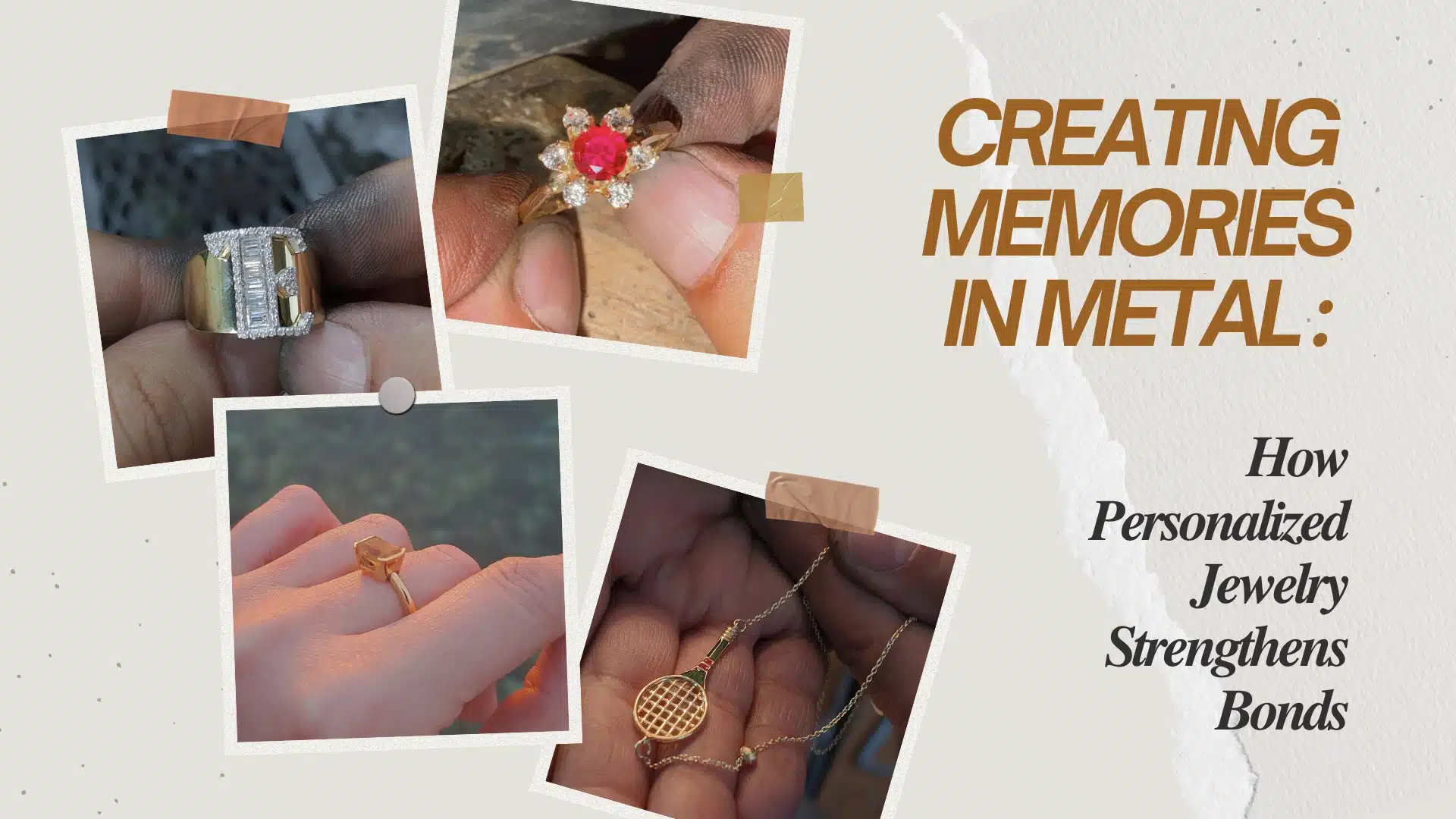
Creating Memories in Metal: How Personalized Jewelry Strengthens Bonds
Jewelry has always carried meaning, but personalization transforms it into something truly unique. When we explore How Personalized Jewelry Strengthens Bonds, it becomes clear that engraved names, birthstones, or symbolic designs turn metal into emotion. Personalized jewelry captures memories, milestones, and relationships in physical form — making every piece a story to wear.
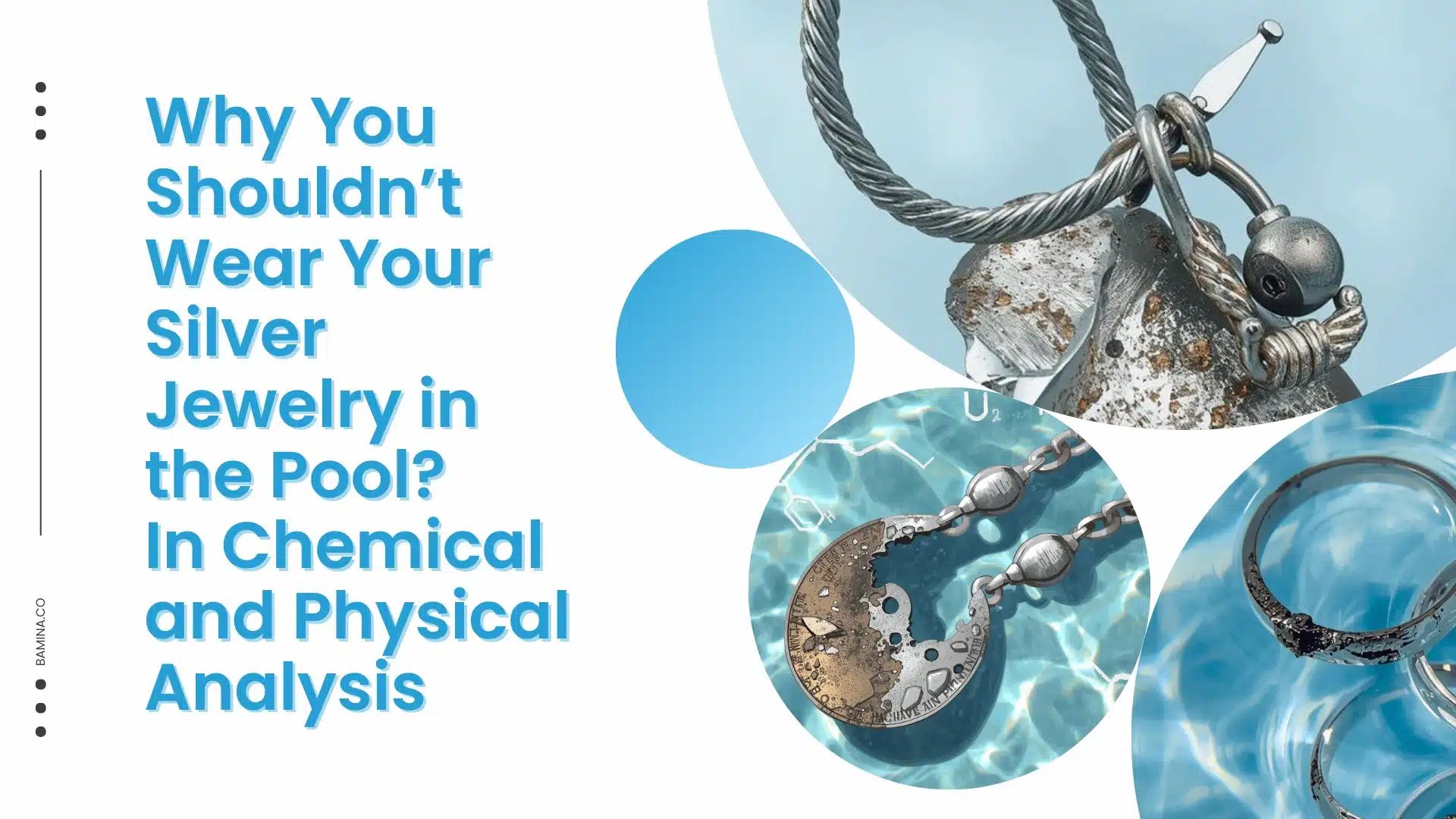
Why You Shouldn’t Wear Your Silver Jewelry in the Pool? In Chemical and Physical Analysis
Many people love wearing their jewelry everywhere—especially pieces that feel personal, meaningful, or stylish. However, Why you shouldn’t wear your silver jewelry in the pool ? In chemical and physical analysis becomes important when we understand how pool water affects silver. Pools contain chemicals, temperature variations, and physical conditions that gradually damage silver jewelry. What looks like harmless swimming can lead to tarnishing, discoloration, pitting, and structural weakening.
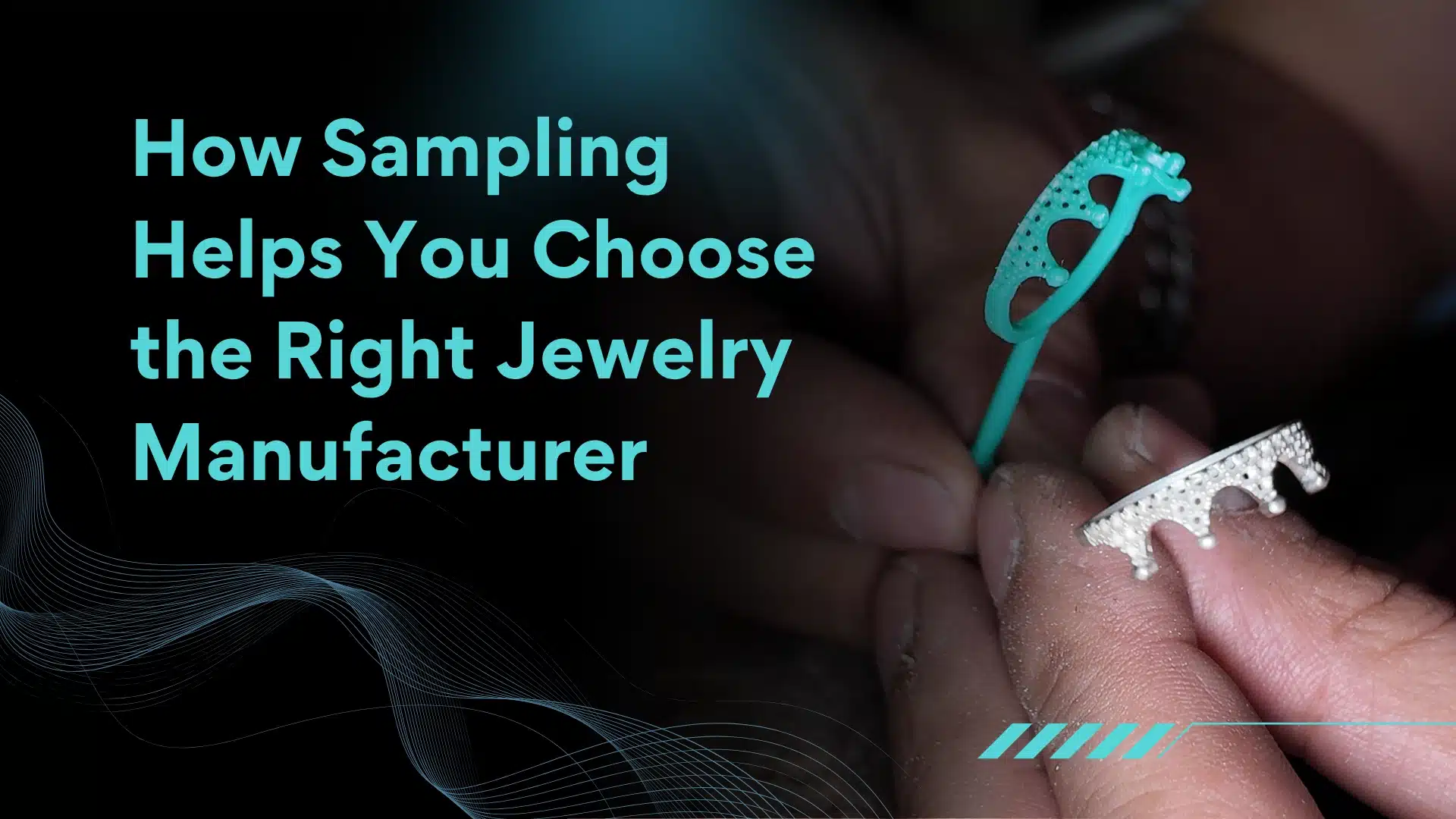
How Sampling Helps You Choose the Right Jewelry Manufacturer
Choosing a jewelry manufacturer is a major decision for any brand. The quality of your pieces directly affects your reputation, customer satisfaction, and long-term success. This is why How Sampling Helps You Choose the Right Jewelry Manufacturer is an essential topic for emerging designers and established brands alike. Sampling allows you to see the craftsmanship, finish, material quality, and communication standards before committing to large-scale production.
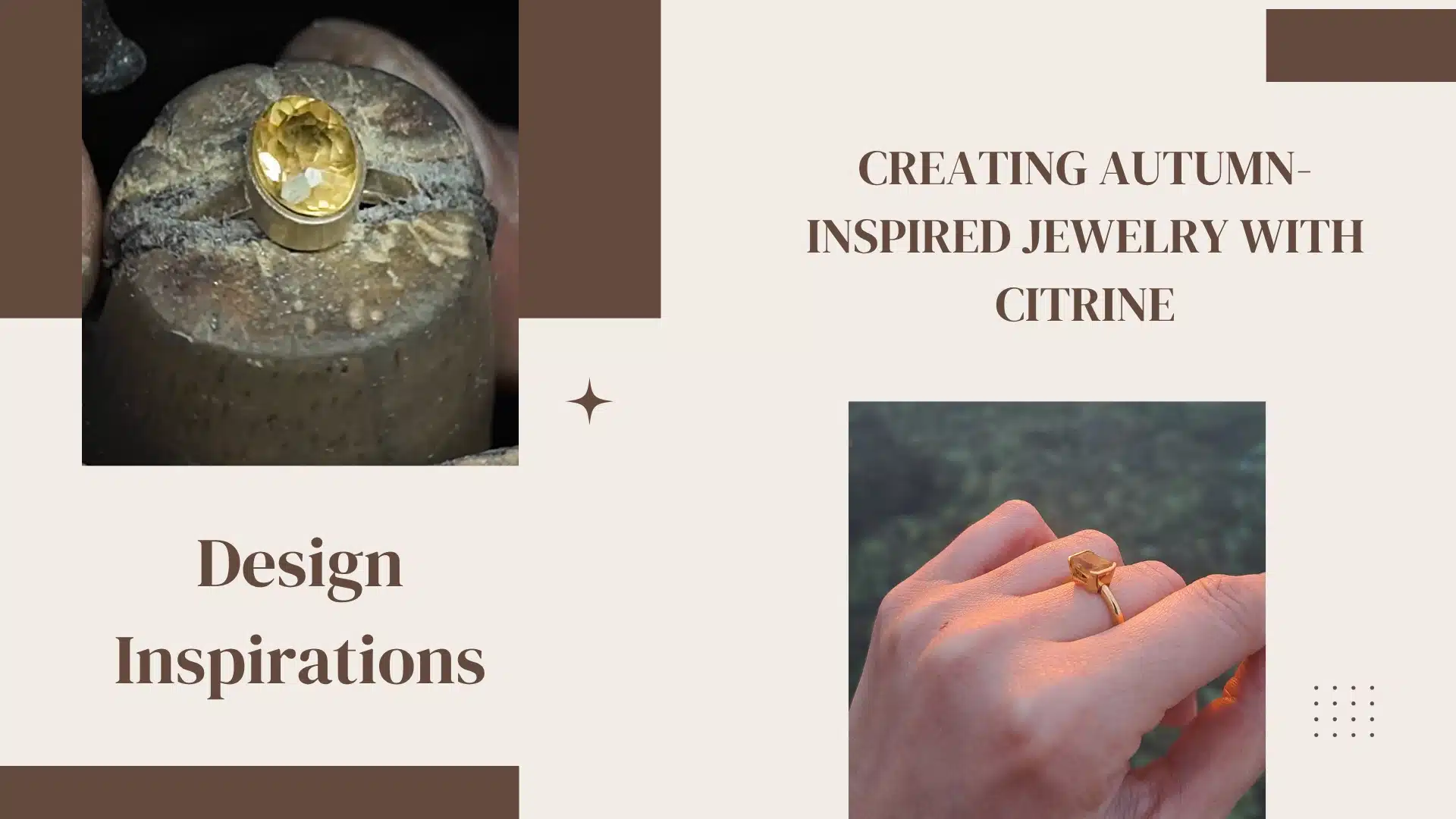
Design Inspirations: Creating Autumn-Inspired Jewelry with Citrine
Autumn brings a shift in mood, fashion, and palette. Leaves turn golden, temperatures soften, and wardrobes transition toward warm textures and earthy tones. This seasonal atmosphere makes Citrine the perfect gemstone to highlight fall aesthetics. Understanding Citrine jewelry trends for autumn collections helps designers create pieces that reflect the richness of the season. With its honey glow and radiant clarity, Citrine adds natural warmth to jewelry that feels both luxurious and effortless.
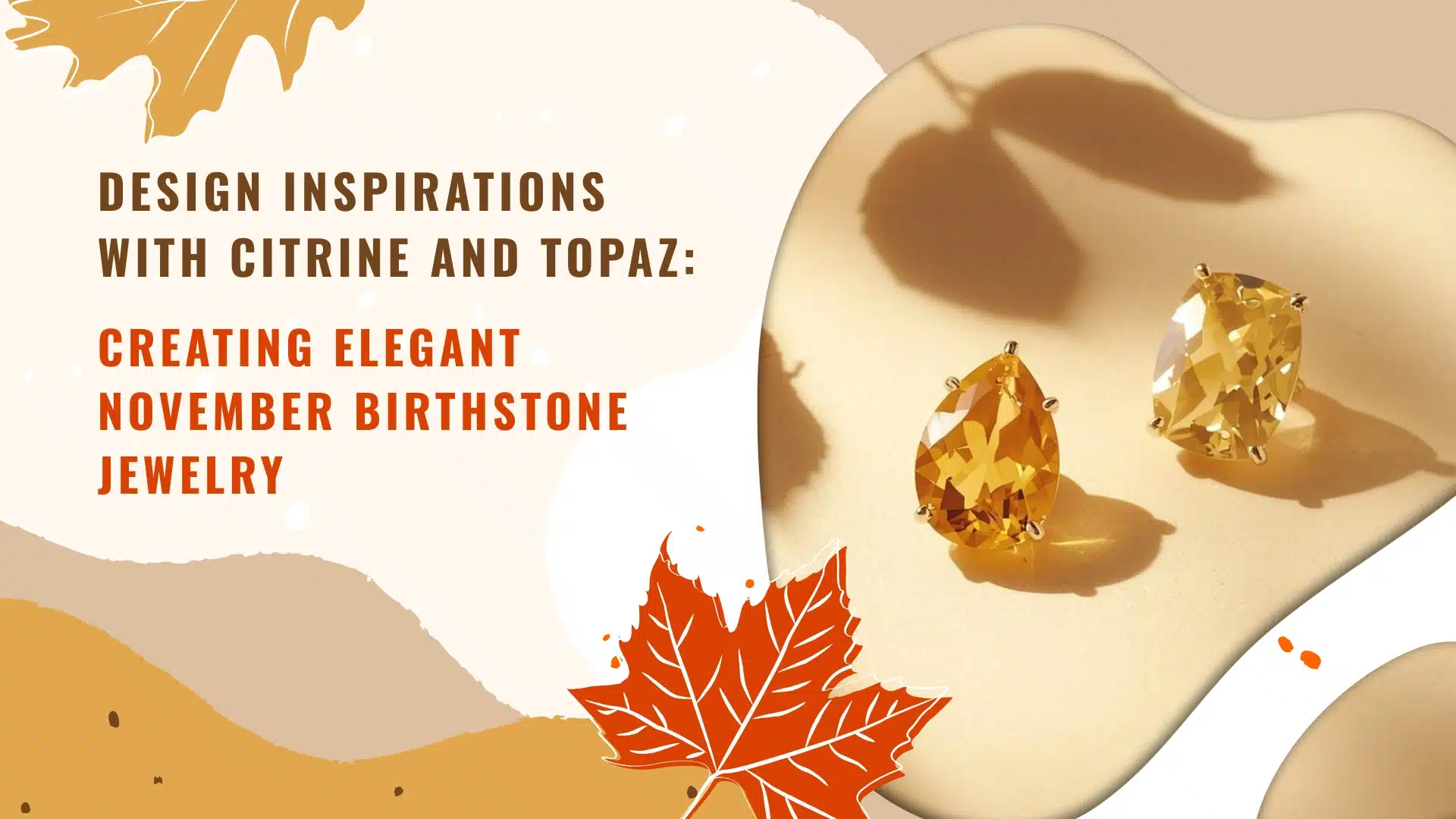
Design Inspirations with Citrine and Topaz: Creating Elegant November Birthstone Jewelry
November is a month of warmth, transition, and golden tones. It is no surprise that its two celebrated birthstones—Citrine and Topaz—carry the glow of sunlight and the richness of autumn landscapes. When Creating Elegant November Birthstone Jewelry, these gemstones offer endless design opportunities, from soft and subtle pieces to bold statement styles. Both gemstones reflect joy, clarity, and confidence, making them meaningful additions to personal collections and gift-worthy designs.






